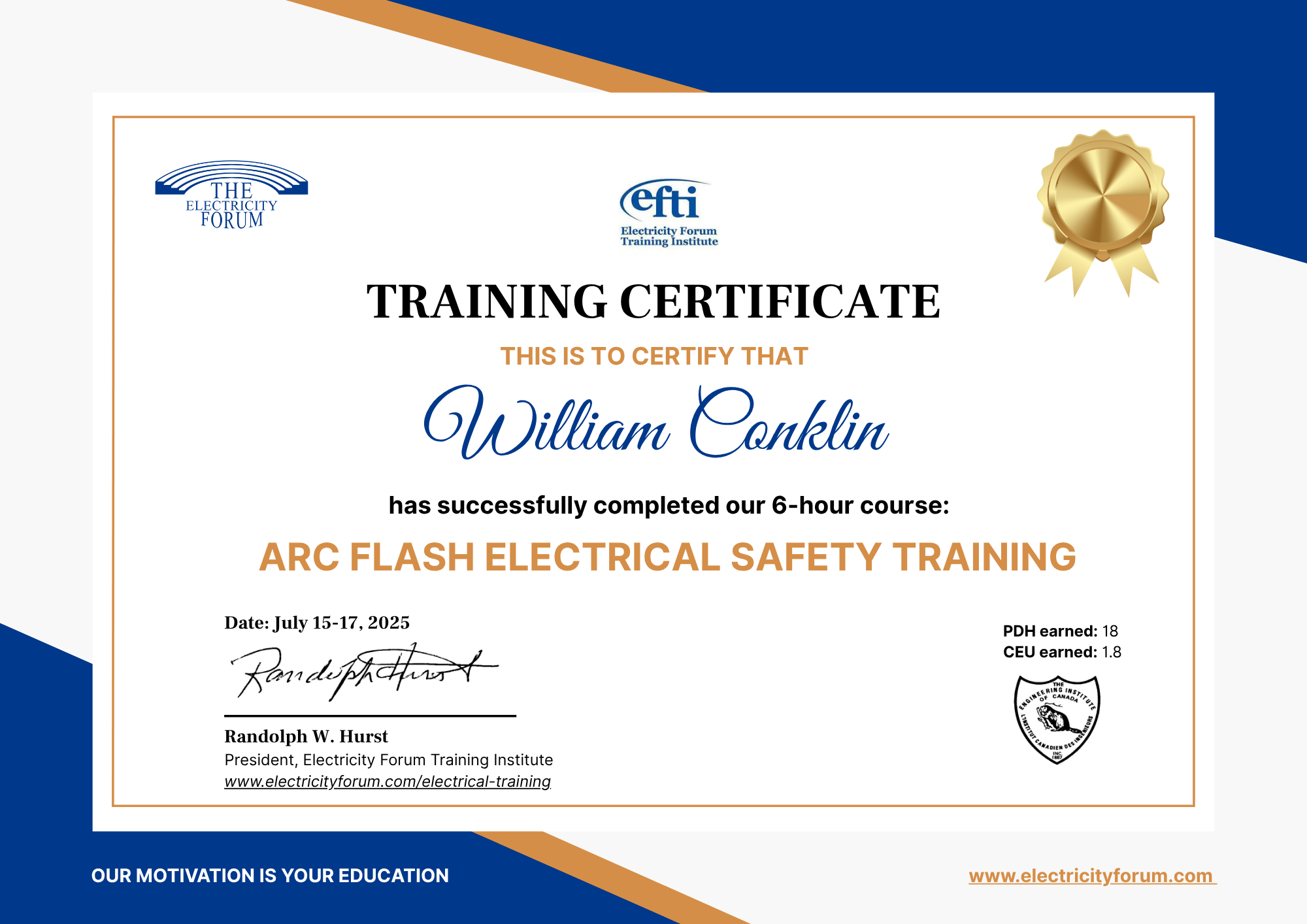Our 6-hour, one-day CE Code Calculations course focuses on critical electrical calculations essential for compliance with the 2024 Canadian Electrical Code (CE Code).
The course is designed for professionals who work with complex electrical installations, including electricians, engineers, and maintenance personnel. By attending, participants will gain expert knowledge in calculating conductor sizes, overcurrent protection, conduit and box fill, and motor applications—all while ensuring adherence to the latest CE Code standards.
Why take this course?
Electrical professionals face increasing demands to meet regulatory standards and ensure safety across diverse electrical systems. Miscalculations can lead to unsafe installations, costly rework, or project delays. This course equips you with the practical knowledge and hands-on experience to avoid those pitfalls and ensure compliance, helping to safeguard both workers and electrical systems. By mastering key calculation techniques, you can significantly reduce the risk of non-compliance and improve project outcomes.
Participants will benefit from hands-on exercises, practical application scenarios, and real-world case studies, designed to make complex CE Code calculations clear and manageable. Whether you're calculating conductor ampacities, applying box and conduit fill rules, or determining overcurrent protection for transformers and motors, this course will provide the skills needed to excel. This is not just a review of the Code—it’s an immersive experience aimed at helping you implement calculations effectively in your day-to-day work.
Upon completion, students will be able to confidently apply CEC calculations in various contexts, improving their ability to troubleshoot, ensure safe installations, and stay compliant with evolving electrical standards.
Learning Outcomes:
By the end of the course, participants will:
- Understand key CE Code sections for conductor sizing, ampacity, and protection.
- Perform accurate calculations for wire, conduit fill, motor, and transformer applications.
- Navigate and apply the Code efficiently to electrical installations.
- Comply with requirements for, panelboards, and tap conductors.

















